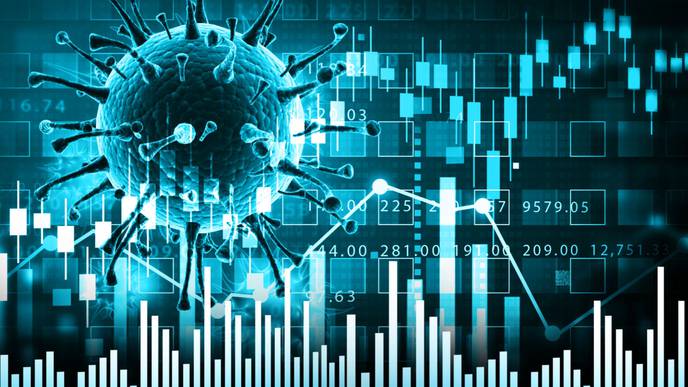ReachMD
Be part of the knowledge.™Going Viral: New Models Show How Human Behavior Influences Pandemic Trends

“Modeling is just a way of representing relationships in the world,” said Tse Yang Lim, who led the study and is a postdoctoral research fellow at the Center for Communicable Disease Dynamics at the Harvard T.H. Chan School of Public Health. "We use mathematical equations to understand causality by observing phenomena, estimating variables, and getting data. We then use that data to ground the model, so when it comes to COVID, we can ask questions like how many people are going to get infected, how many people are going to die over a certain time period, and so on."
Lim added, "We can then use data from the real world about the number of infections and deaths being reported in different countries over different time periods, etc., to estimate how people are going to behave.”
The team’s models are developed by collecting data on individual and group actions and constructing algorithms that capture the underlying patterns beneath these behaviors. By forecasting potential outcomes, these models enable public health officials to make optimal decisions to keep people safe.
“Often when we ask a question like how COVID spreads, there'll be a lot of values, data, and numbers that go into those equations. It can be very complicated. We deliberately used a simple model over a more sophisticated one for this research so that we could distill the core idea: When there’s an outbreak and COVID numbers rise, people reduce their contacts. They take more precautions, but there’s a delay because it takes time for those numbers to be reported,” said Lim. “As the number of deaths increases, the rate at which people come into contact with each other and therefore potentially spread the disease is going to decrease as people take more precautions. But how quickly will they decrease their contact with each other? That's going to depend on this behavioral parameter of responsiveness.”
Understanding this relationship is what the research team is working on now. Ultimately, when deaths rise, data shows people eventually change their behavior, even if they didn’t follow the guidelines initially or were resistant to making major changes in daily life.
“For us to know how people might react to future epidemics or pandemics, we have to collect information about how humans react to different situations,” said Ghaffarzadegan. “For example, what might cause us to choose to wear a mask or not? What might lead people to end their quarantine early due to adherence fatigue? When misinformation spreads, how does that affect decision making? In a nutshell our research deals with coupling models of human behavior with models of epidemics.”
Facebook Comments